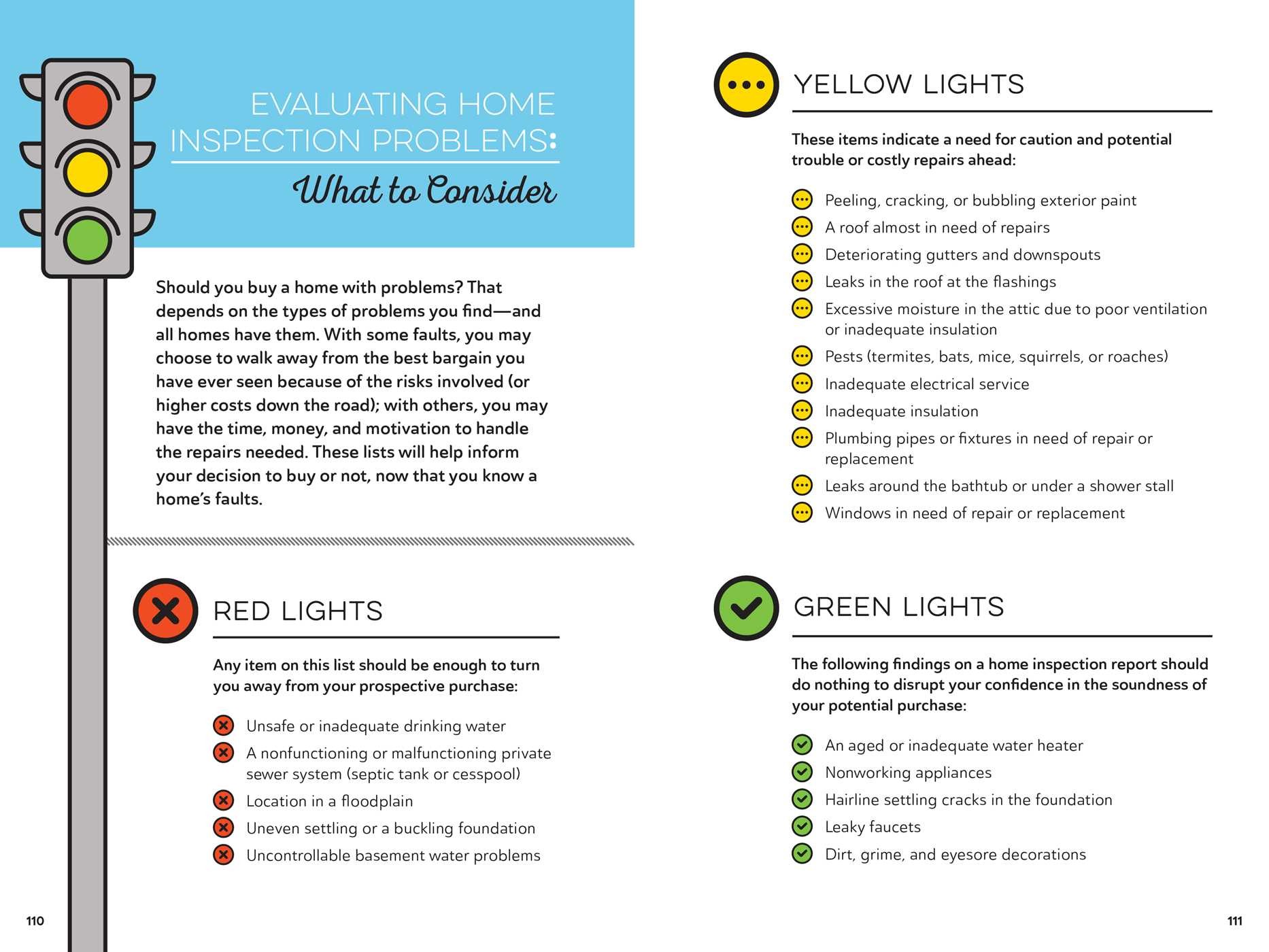The Future Of Solar Power: Forecasts For The Market In The Next Years
The Future Of Solar Power: Forecasts For The Market In The Next Years
Blog Article
Write-Up By-TRUE Deleuran
As you consider the future of solar power, visualize a landscape where development and sustainability assemble. The coming years hold the promise of substantial developments in solar modern technology, reshaping the sector as we understand it. With efficiency gains and price decreases coming up, the potential for solar energy to change our power landscape is tremendous. Stay tuned to discover exactly how these advancements will certainly shape the future of renewable energy and drive us in the direction of a greener tomorrow.
Technical Improvements in Solar Panels
Solar panels have actually experienced impressive technological advancements over the last few years. One significant renovation is the increase in performance, enabling solar panels to transform sunlight right into power better. This has been accomplished with innovations in materials and style, making solar energy a more feasible and affordable alternative for renewable resource resources.
Another vital growth is the reduction in expenses associated with production and setting up photovoltaic panels. As technology has advanced, production processes have actually become much more streamlined, resulting in lower rates for customers. In addition, the longevity and life expectancy of photovoltaic panels have improved, making them a more sustainable and long-term financial investment.
Developments in power storage technology have actually also played a critical role in improving the performance of solar panels. Batteries and various other storage options have ended up being more efficient and affordable, making it possible for customers to save excess power generated during the day for use at night or during periods of reduced sunlight.
Boosted Fostering in Numerous Industries
With the demand for sustainable energy solutions on the rise, numerous markets are increasingly incorporating solar power systems into their operations. Business in industries such as manufacturing, agriculture, and transportation are leveraging solar power to decrease their carbon footprint and operating costs.
In manufacturing, solar panels are being installed on roofs to power equipment and lights, resulting in considerable savings on electrical power bills. Agriculture is also accepting solar energy by utilizing it for watering systems and powering farm equipment, consequently reducing conventional gas expenses. Moreover, the transport sector is taking on solar innovation for charging electrical automobiles and lighting up parking lots.
The trend of enhanced adoption of solar power across markets is driven by the need to be more environmentally friendly and lower dependence on non-renewable power resources. As solar innovation remains to advancement and come to be a lot more affordable, we can expect to see also wider assimilation of solar power systems in different markets in the coming years.
Policy Changes Driving Solar Growth
Welcoming renewable energy resources is important for lasting advancement in today's globe. Policy changes play a considerable role in driving the growth of solar power. Governments globally are carrying out various actions to promote the fostering of solar power. https://solar-installation-compan77654.webbuzzfeed.com/30780487/wondering-exactly-how-climate-impacts-your-photovoltaic-panels-effectiveness-unveil-the-keys-of-making-best-use-of-photovoltaic-panel-performance-in-transforming-climate-condition as tax credit reports, discounts, and feed-in tolls encourage individuals and organizations to purchase solar innovation.
Additionally, laws mandating a particular percent of power to come from sustainable resources push utility companies to integrate even more solar into their power mix. In addition, plans focusing on net metering allow solar users to sell excess electrical energy back to the grid, making solar setups much more economically viable.
In some areas, sustainable portfolio standards require a certain section of electricity to be generated from solar energy, creating a steady demand for solar power. These policy changes not only drive the development of the solar industry yet additionally add to reducing carbon emissions and combating environment change. By sustaining and executing such plans, governments can increase the transition to a more lasting energy future.
Verdict
To conclude, the future of solar energy looks bright with continuous technological developments, boosted fostering throughout sectors, and helpful policy changes. With greater efficiency levels, minimized expenses, and improved power storage remedies coming up, solar power is readied to play a critical duty in the international shift to a cleaner and more sustainable energy future. Welcome learn the facts here now of solar energy and be a part of the renewable energy transformation!
